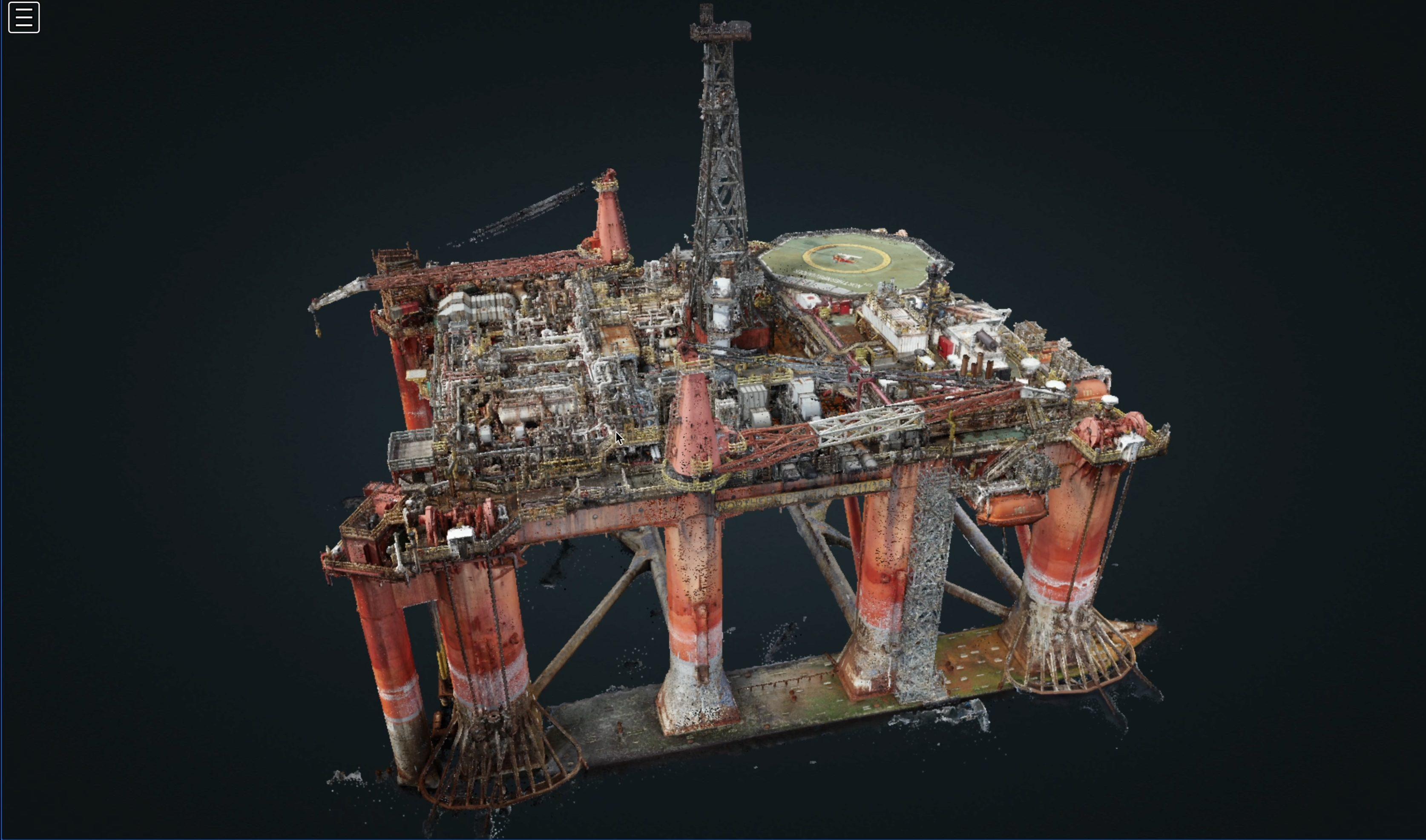News and blogs

Offshore inspections have traditionally been among the most hazardous industrial operations, requiring personnel to work at great heights, in confined spaces, or near volatile live equipment. Helicopters, rope-access teams, and manned vessels have long been the standard—despite the inherent risks and exorbitant costs involved.
Now, drone technology is transforming this high-stakes industry. Equipped with high-resolution cameras, thermal sensors, and LiDAR payloads, unmanned aerial systems (UAS) can be used to conduct detailed inspections without exposing workers to danger. But can these robotic systems truly withstand the harsh realities of live offshore environments?
One of the most compelling advantages of drones is their ability to remove humans from harm’s way. Inspecting a flare stack, wind turbine, or oil rig structure no longer requires personnel to dangle from ropes or hover dangerously close in a helicopter. Instead, asset owners and operators can pilot drones from a safe distance, even in hazardous conditions such as gas leaks or unstable infrastructure.
Beyond safety, drones bring unprecedented efficiency. A single helicopter inspection can cost tens of thousands of dollars per day, while a drone survey often accomplishes the same task at a fraction of the price. More importantly, drones capture data at a level of detail that surpasses human capabilities. High-resolution zoom lenses detect micro-fractures, thermal imaging identifies overheating components, ultrasonic thickness (UT) testing precisely measures material thickness, and LiDAR generates precise 3D models for structural analysis—all without requiring a single worker to set foot in a danger zone.
Today’s commercial drones are engineered to endure the punishing conditions of offshore work. Drones can operate in wind, light rain, and corrosive saltwater environments. Their advanced sensors enable critical inspections that were once unthinkable without direct human involvement:
These capabilities are not just theoretical—they’re already being deployed by Cyberhawk for major energy companies seeking safer, more cost-effective solutions.
Despite their advantages, drones still face hurdles in offshore environments. Regulatory restrictions, particularly on beyond visual line of sight (BVLOS) operations, limit their range and flexibility in many regions. Explosive atmospheres (ATEX zones) demand specialized, intrinsically safe drones, which remain rare and expensive.
Operational constraints also persist. Even the most advanced drones struggle with short flight times (typically 30-40 minutes), making large-scale inspections a logistical challenge. Inclement weather—high winds, heavy rain, or thick fog—can still ground flights unexpectedly.
Perhaps the most underrated challenge is data management. A single drone mission can generate terabytes of high-resolution imagery, thermal scans, and 3D models. Processing, analyzing, and integrating this data into existing inspection workflows remains a significant hurdle for many operators.
Cyberhawk's cloud-based aerial data management platform, iHawk, aims to solve this issue with by combining all data flows into a single source of truth. iHawk includes powerful modules for customisable AI-powered inspection workflows, in-depth analysis of inspection imagery, and geospatial deliverables like orthophotos and mesh models which can be viewed and analysed without expensive third-party software.

Drones have already proven their value in offshore environments, offering a safer, faster, and more economical alternative to traditional methods. However, they are not yet a complete replacement. The most effective strategy today is a hybrid approach, where drones handle routine and high-risk inspections while manned operations focus on complex diagnostics.
As battery technology improves, regulations evolve, and AI-driven analytics become more sophisticated, drones will undoubtedly take on an even greater role. For now, they represent a revolutionary—if not yet perfect—solution for one of industry’s most dangerous jobs.